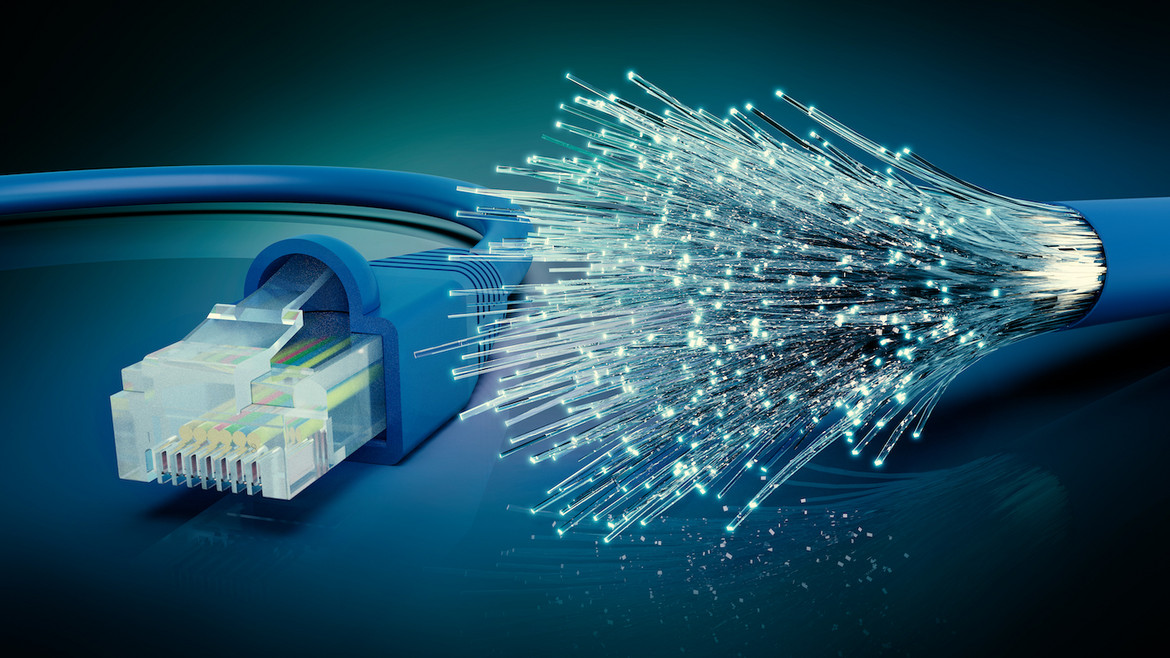Businesses in the modern world are dealing with a massive amount of data. So, they need to transfer information over the network speedily to execute business operations. All this can be possible if the cabling structure support the rapid data transmission. Keeping this into consideration, fiber optic cable is the best for reliability and speed.
However, picking the right types of fiber optic cable is a tricky task. It is because people usually don’t have comprehensive knowledge of cabling types, working, difference, and other characteristics. If you are facing a similar problem, the article is going to provide you a comprehensive buying guide. Keep Reading!
Essential Considerations for Buying Fiber Optic Cable
It is a fact that business requirements define the structure of the network. However, quality considerations and cable type selection is the sole selection of the individual who is going to get a network. Besides the type, many other factors influence network performance. Let’s consider a few essential things to help you buy the best fiber optic cabling system for your organization or home network.
Comprehend the working of fiber optic
First thing first, understanding the working method can help you better make a decision of compatible equipment with the fiber optics. The cabling is used to send data digitally. The signals are transferred at the light of speed through optically pure fibers of plastic or glass.
The basic structure of the cable makes it expensive. Besides this, the buyers should consider other elements, including cable coating and core structure. In a case that you are unable to deal with the selection of cable based on manufacturing, get assistance from fiber-optic UAE based venders for top-quality products in accordance with your business requirements.
Consider the types of cables
Basically, fiber optic cables come in two major types, single-mode and multimode. The data transfer ratio differs depending on this. It is because the core size and distance coverage vary among both types.
For instance, the multimode fiber optic has a core size ranges from 62.5 µm or 50 µm. The data is transmitted using light-emitting diodes (LEDs). It can cover the distance of around 2000 feet. The cable complies with the ISO/IEC 11801 standard of optical mode (OM), while other variations are OM1 – OM5.
On the other hand, the single-mode fiber optics uses infrared light from lasers to transmit the data. It ensures coverage of 50-times more distance as compared to the multimode cables. The core size is narrow, and its size is 8.3 µm. Duplex single-mode cables are used in complex networks.
Consider the signal carrying capacity
It is imperative to understand that every cable has certain advantages and limitations. You have to make a wise decision to select an appropriate cable by focusing on the signal strength. It depends on the distance coverage and core structure of the fiber optic cable.
As far as possible, the speed of data transmission relies on the design and structure. Generally, it covers 984 ft. Further, the 10 Gbps multimode cable covers up to 25 miles. Owing to this, optical intensifiers or repeaters are utilized to guarantee signal respectability over the full separation.
Additionally, it is imperative to consider the mode of the network. Mode Conditioning Transceiver Gigabit Ethernet (1000BASE-LX) creates long-wave signals. Contrary to this, the differential mode delay (DMD) produces a different length of signals. It may cause mistakes in the delivered information.
Pick a cable category based on application
Irrespective of the core structure and other manufacturing categories, you should consider picking a cable by the application. The business network model and other requirements will define the setting of cabling. In this way, the application means you need to consider the place where the cable will be used.
For example, if you need to use the cable within the building, you should consider picking the indoor cables. This type is specially designed for indoor environment to meet the requirements. It’s a bit costly. Similarly, the cables for exterior usage are different, as outdoor data transfer requires dealing with various factors. The other types of cables based on usage are direct buried fiber cables, underground cables, aerial fiber cables, etc.
Don’t forget to consult with experienced fiber optic UAE based dealers to get the appropriate type of cable in multimode or single-mode to ensure smooth data transmission over the network. It will help you deal with the complexities efficiently!
Get the fiber optic cable for a high-speed reliable network!
Summing up, network design and installation is a hard nut to crack. It is because you have to consider several things along with the budget considerations. Hopefully, the guide has given you the needful piece of information for coming up with a wide selection of fiber optic cables for your network.
Remember! Network designing and implementation is a onetime investment. But, you may need to expand or upgrade the infrastructure in the future. Keeping this in view, consider the cabling that can support the future needs of your organization. All the best for a high-speed data transmission!
